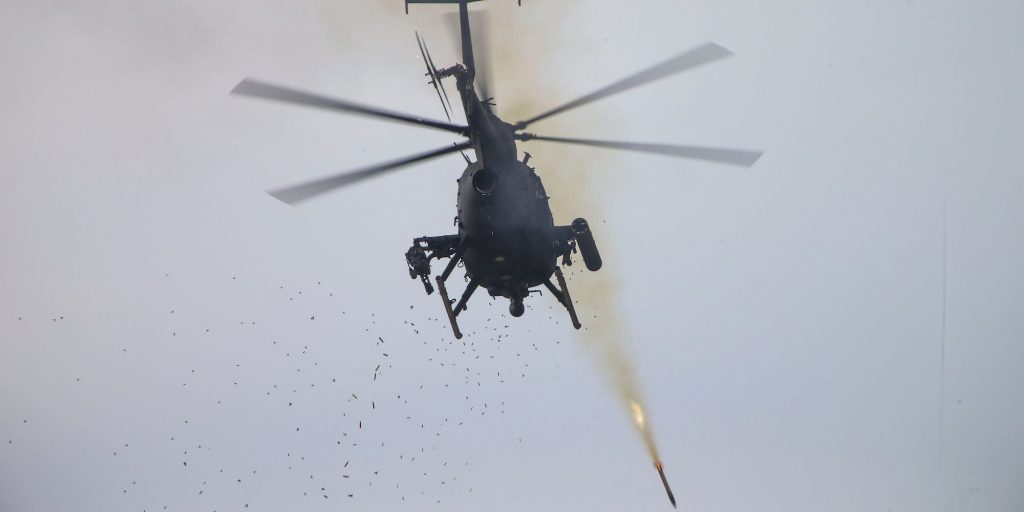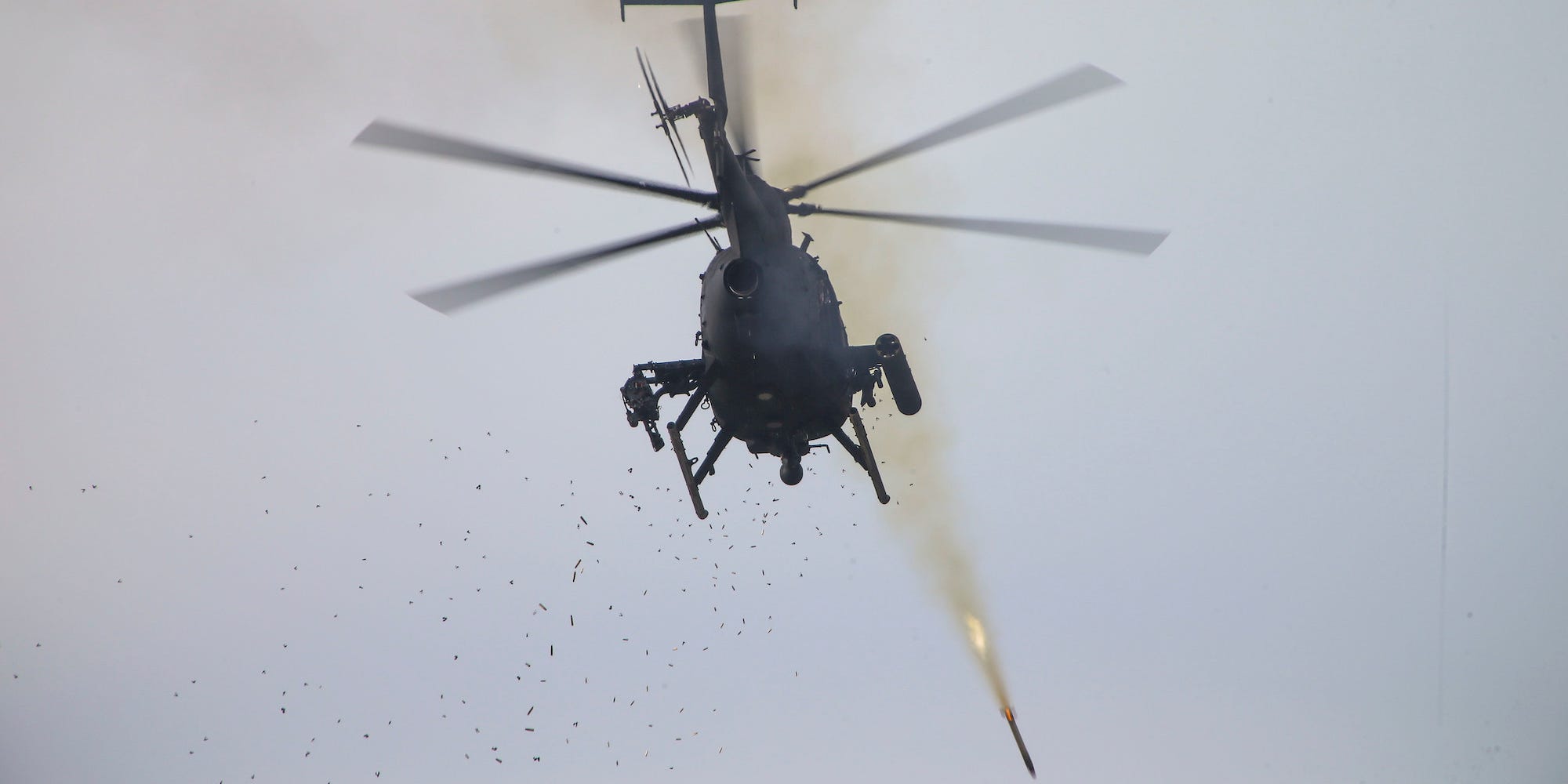
- The US Army's 160th Special Operations Aviation Regiment is the world's premier rotary-wing special-operations unit.
- In 2004, the "Night Stalkers" were transporting special-ops forces to counterterrorism missions in Iraq.
- Those missions, like outside Baghdad in March 2004, put the Night Stalkers in harm's way.
By 2004, US troops in Iraq knew that the success of their invasion and defeat of Saddam Hussein's forces the year prior would be short-lived.
The disbanding of the Iraqi Army, Iran's regional aspirations, and the influx of foreign fighters made Iraq a ticking bomb. It didn't take long for a sectarian civil war to break out, and in the middle of it were US and Coalition troops.
A central part of the US-led counterinsurgency was a brutal counterterrorism campaign led by the US's elite Joint Special Operations Command. Army Delta Force commandos, Rangers, and other special-operations units would hit target after target every night in an attempt to dismantle the terrorist networks.
For the vast majority of their operations, they relied on an elite aviation unit.
The Night Stalkers
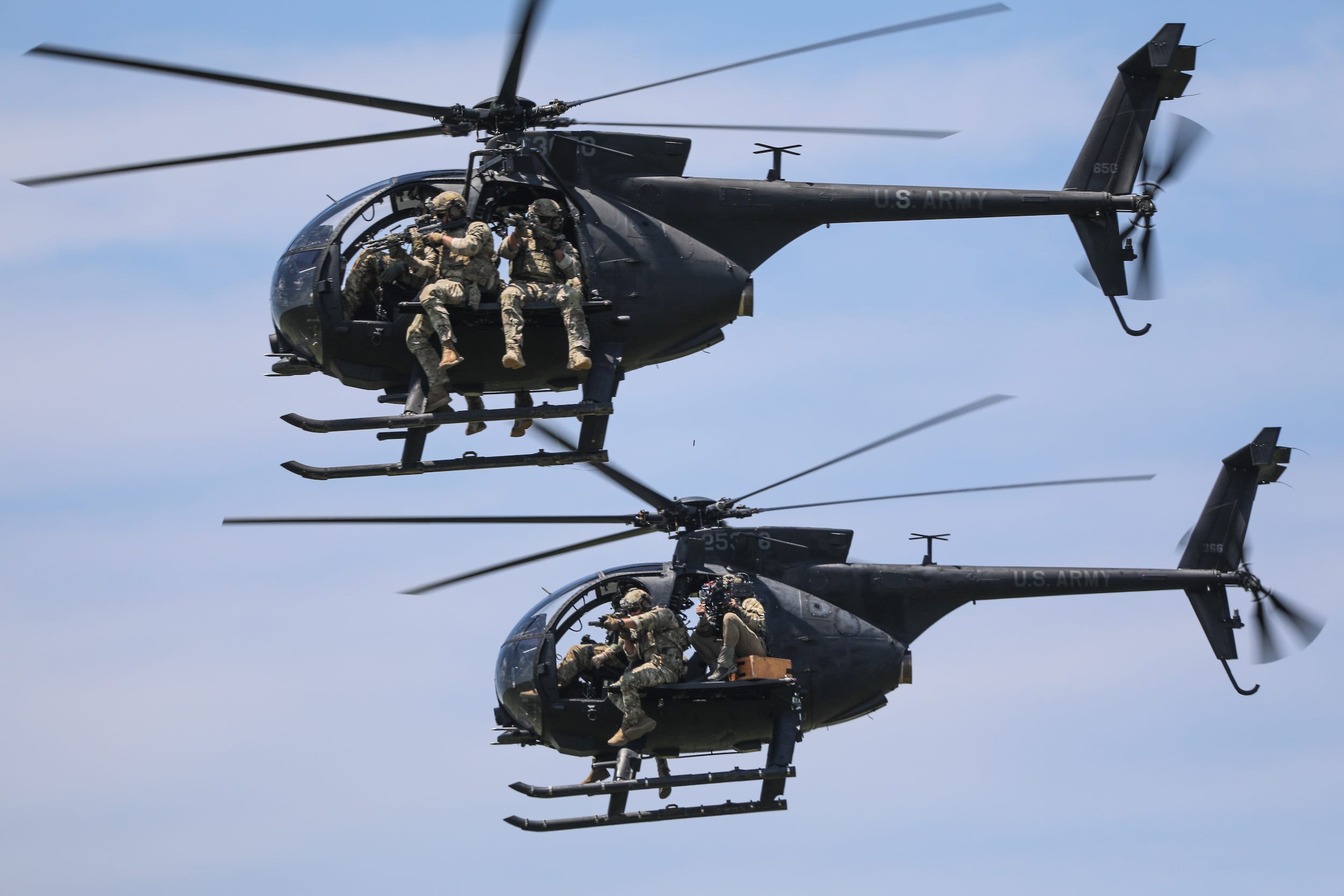
The 160th Special Operations Aviation Regiment, also known as the "Night Stalkers," is the world's premier rotary-winged special-operations unit.
The Night Stalkers were formed in the early 1980s, after the failed attempt to rescue American hostages in Iran led to reforms of US special-operations forces. Since then, they have participated in almost every US military operation.
With a motto of "Night Stalkers Don't Quit" and commitment to deliver their cargo anywhere in the world within a 30-second window, the unit introduced itself to the general public during the "Black Hawk Down" battle in Mogadishu, Somalia, in 1993.
The 160th flies three main kinds of helicopters.
The AH-6 Little Bird gunship conducts attack missions, and its counterpart, the MH-6, does transport and assault operations. The MH-60 Black Hawk does transport or assault operations and a gunship version, the MH-60 Direct action penetrator, conducts attack missions. The MH-47 Chinook conducts transport and assault operations.
Little Bird down!
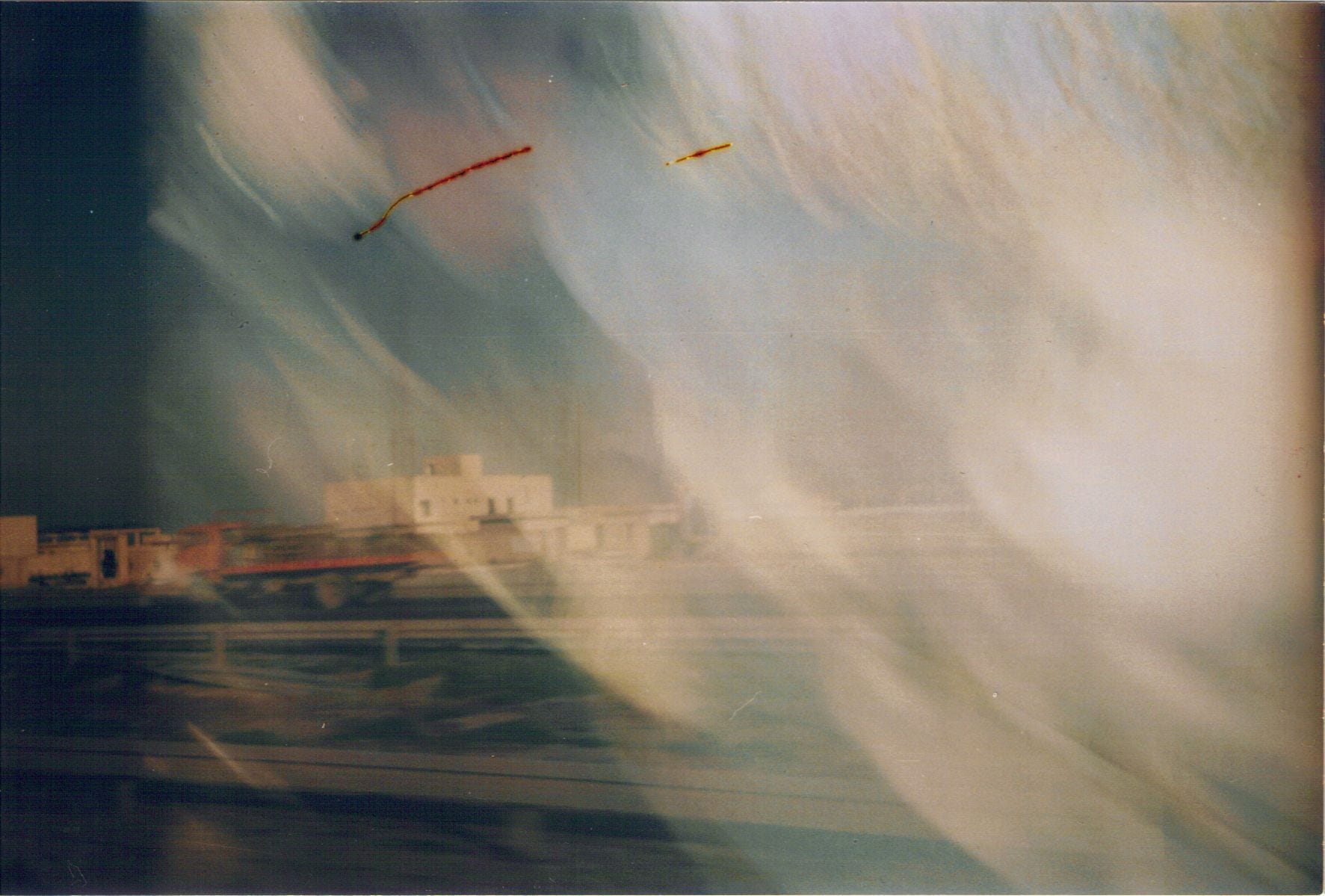
In March 2004, Chief Warrant Officer 4 Greg Coker and another Night Stalker were flying an AH-6 to support special-operations troops in Amiriyah, a suburb of Baghdad.
"We were conducting a daytime mission, the first one since the Battle of the Black Sea in Somalia, I believe," Coker told Insider, referring to the battle in Mogadishu.
A daylight mission was highly unusual, as Night Stalkers prefer to operate in the dark. As they were flying at a low level, an insurgent fired a shoulder-launched anti-aircraft missile, striking the Little Bird and bringing it down.
In the eight seconds it took for the Night Stalker pilots to hit the ground, Coker and his copilot performed an autorotation maneuver, which uses air flowing up through the main rotor to keep that rotor turning, allowing them to crash-land the burning chopper.
Upon impact, the AH-6 rolled end over end before coming to a halt. Fuel was leaking everywhere, and ammunition was going off, creating a recipe for disaster.
Lived to tell the tale
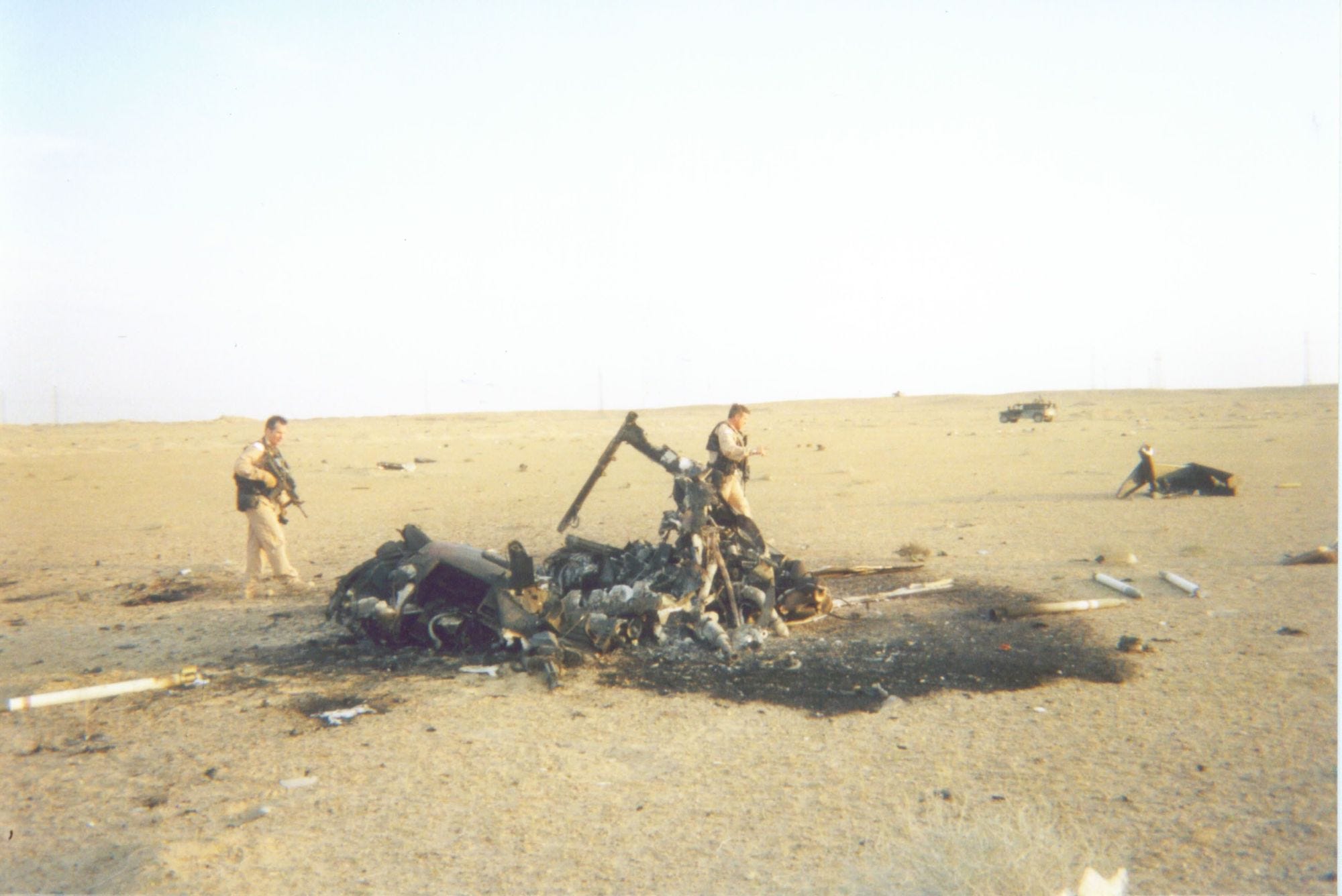
Not many pilots who crash in combat survive to tell the tale. For Coker, who spent 30 years in uniform and completed 11 combat tours, the moments after getting hit were the worst.
That was "a moment of defeat. Scary as hell. Sheer terror," Coker told Insider.
"An old gun [gunship helicopter] pilot told me many years ago that 'a superior gun pilot is one that uses his superior knowledge that will keep him out of situations where he will have to use his superior skill.' Your training takes over and you go to work, focusing on the things that you can control," said Coker, author of "Death Waits in the Dark."
US forces in Iraq were aware insurgents had shoulder-fired anti-aircraft missiles and of the danger posed by those weapons, known as man-portable air-defense systems, or MANPADS.
That concern lurked around many military operations, and some civilian aviation activity, after a US covert-action program in the late 1980s armed Mujahideen in Afghanistan with FIM-92 Stingers to shoot down Soviet aircraft.
"There had been several helicopters shot down with a MANPAD in the area known as the Devil's Triangle — or at least that is what I called it. This triangle was Fallujah to Ramadi to Amiriyah," Coker said, adding that no one in the other crashed helicopters had survived.
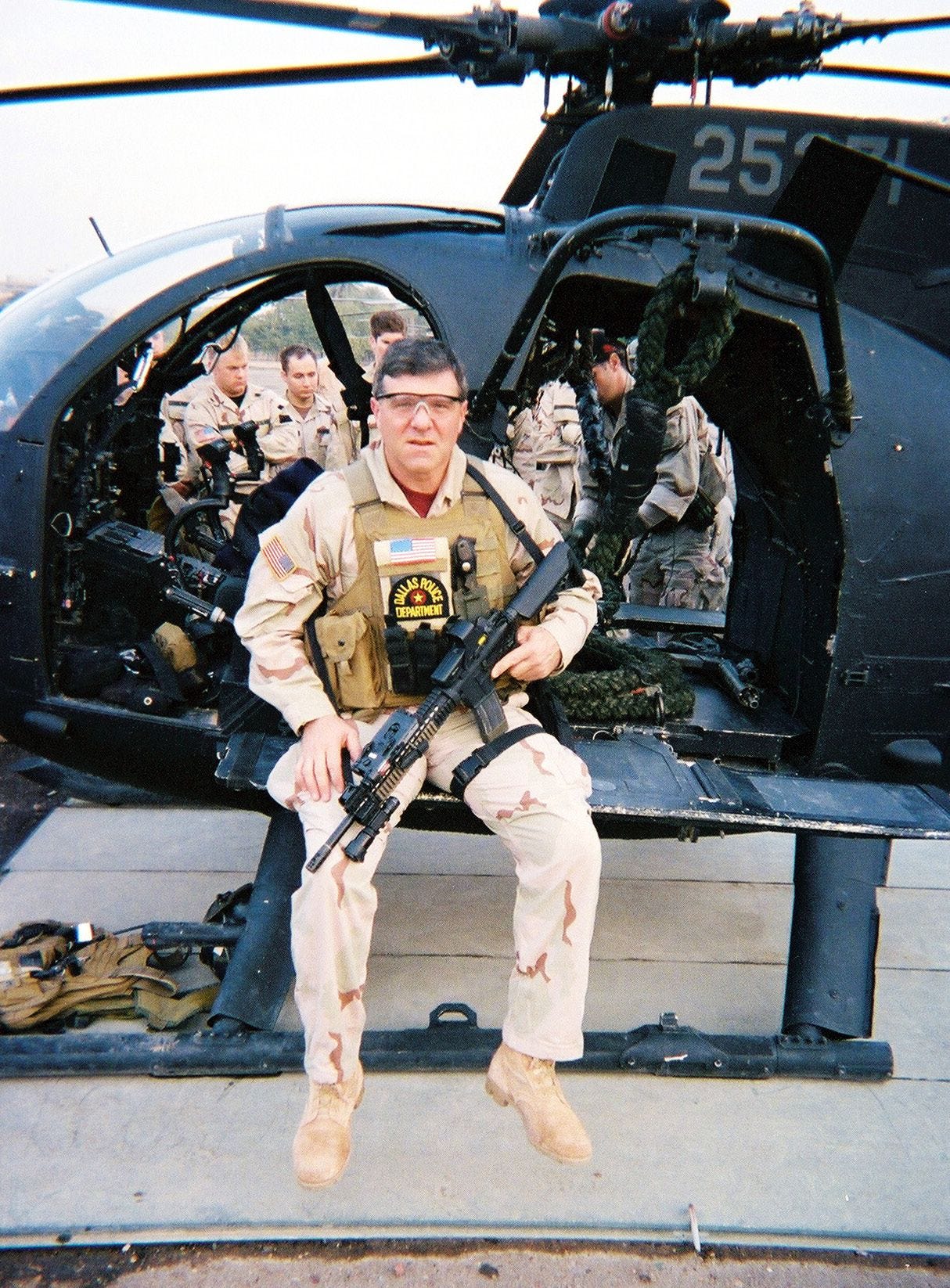
The standard operating procedure when an aircraft goes down is to try to rescue the pilots. Quick-reaction forces composed of units in the region and a combat-search-and-rescue element in the theater — usually Air Force Pararescuemen and other Air Commandos — would normally respond to a crash.
The Pentagon is pretty firm on that procedure and will often not approve operations that don't have a contingency plan for downed aircraft. During the initial days of the war in Afghanistan, the Department of Defense wouldn't authorize any operation, even with special-operations forces, before a combat-search-and-rescue team had been set up in Pakistan.
What is unique about Coker's experience is that moments after being shot down, and his copilot were back in the fight and going after the insurgents who almost killed them.
A reconnaissance element of Delta Force's B Squadron had quickly arrived on the scene, and in true Hollywood fashion, the dazed Night Stalkers joined them in a raid on the house from where the missile had been launched.
In the ensuing firefight, Coker killed the man who shot him down in what must be one of the war's unique moments.
"I was very angry after I was shot down. I had just lost an AH-6, and I wanted some payback. I wanted to find them and kill them. That's it," Coker said. "I also wanted to see if we could find some evidence to confirm or deny the type of system that shot us down. It felt good."
Stavros Atlamazoglou is a defense journalist specializing in special operations, a Hellenic Army veteran (national service with the 575th Marine Battalion and Army HQ), and a Johns Hopkins University graduate.
Dit artikel is oorspronkelijk verschenen op z24.nl
